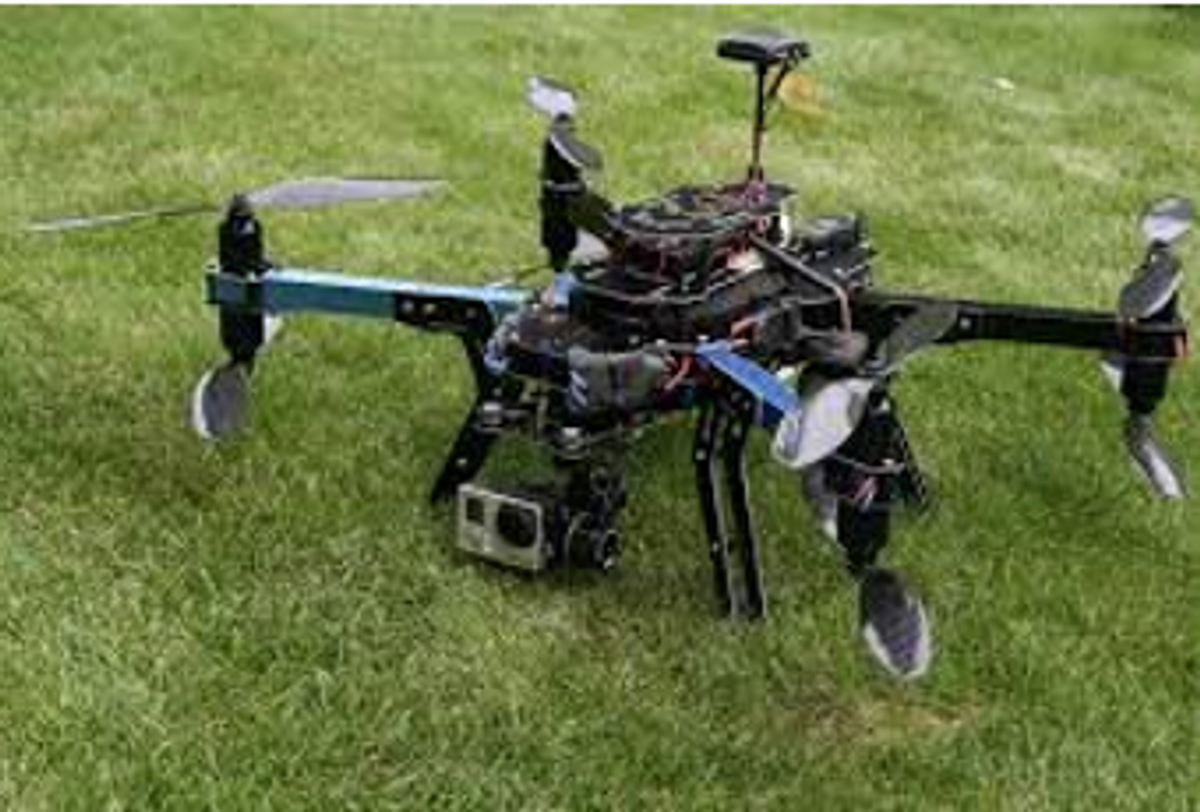By: Jeffrey Cuenco (with references to content generated by Balint Seeber)
Unmanned Aerial Vehicles (UAVs), commonly known as “drones,” have been gaining popularity in recent years, not just as a cool new toy for hobbyists seeking a pastime, but also as an invaluable utility in industries such as defense and security.
One particular application that has gained popularity in the last few years has been the use of drones as mobile spectral monitoring nodes, i.e. equipping the UAV with a mobile radio device to gather signal intelligence (SIGINT) and relay that info back to the home base for further analysis.
The use of Software Defined Radio (SDR) technology would allow the drone to be mounted with one radio device that can be programmed to perform multiple functions such as spectral monitoring, transmitting a live video feed conducting electronic warfare (EW) attacks, etc. using the same device.
Software Defined Radio as a Portable Spectral Monitoring Solution
Before SDR, spectral monitoring solutions were often bulky and consisted of complex hardware components with a fixed software interface.
For drone-mounted applications, the solution needs to be small, lightweight, and able to be powered by a battery for an extended period of time. Thanks to current advances in technology, there are now SDR solutions available that satisfy each of these requirements.
One such solution, the USRP E310, is a portable stand-alone SDR platform designed for field deployment. The flexible 2x2 MIMO AD9361 transceiver from Analog Devices provides up to 56 MHz of instantaneous bandwidth and spans frequencies from 70 MHz – 6 GHz to cover multiple bands of interest. RF filter banks in both the transmitter and receiver front-end enhances selectivity.
The baseband processor uses the Xilinx Zynq 7020 SoC to deliver FPGA accelerated computations combined with stand-alone operation enabled by a dual-core ARM CPU. The USRP E310 includes a rich set of peripherals such as an integrated GPS receiver for position awareness and time synchronization, as well as two host USB ports for extending storage, I/O, and communication options with off-the-shelf devices. Users can rapidly prototype and deploy designs for mobile and embedded applications with tight size, weight, and power requirements.

The USRP Embedded Series platform uses the OpenEmbedded framework to create custom Linux distributions tailored to application specific needs. The default operating system is pre-installed with the UHD software API and a variety of third party development tools such as GNU Radio. Support for the RFNoC FPGA development framework enables deterministic computations for real-time and wideband signal processing.
For the spectral monitoring application specifically, a customer could use the E310 to capture some RF spectrum, use FPGA via RFNoC to perform a FFT on the received samples, and then either store them on the SD card or stream them to a computer or mobile device via a USB Wi-Fi dongle or other means.
Monitoring the Spectrum with a Drone-mounted USRP
Using a USRP E310, a simple drone-based spectrum monitoring tool can be implemented.
Balint Seeber, a former colleague of Ettus Research who now works for Bastille, an Information Security firm, created a prototype demo showcasing a spectral monitoring application using a USRP E310.
To perform the spectral monitoring, Balint wrote a set of open source Python scripts that captures spectrum data using a USRP device given certain configuration data such as sample rate and frequency range of interest. The repository in which these scripts are stored is posted below:
https://github.com/balint256/cyberspectrum
For the hardware implementation, Balint used a 3DR X8+ helicopter drone as the UAV, and equipped the drone with a USRP E310 powered by an external battery pack mounted on the drone. To allow his laptop to access the FFT spectrum data sampled by the E310, a Wi-Fi AP dongle is mounted on the USB port and the laptop is configured to connect to that AP.
Balint also mounted a Logitech webcam on the drone which he uses for a separate demo where he uses the E310 to broadcast a live video feed over QPSK.
For those interested in implementing Balint’s demonstration setup, as well as a demonstration video via his YouTube channel, see the following links below:
https://www.rtl-sdr.com/monitoring-drone-fpv-frequency-usage-with-a-usrp-software-defined-radio/
https://gnuradio2.squarespace.com/s/2-seeber_balint-HackingTheWirelessWorld-2015-08-25.pdf





